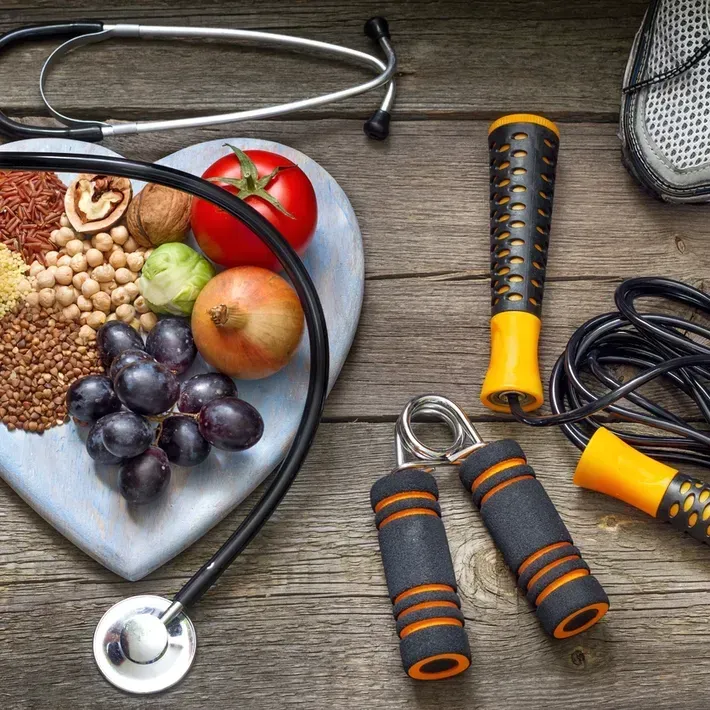


Almost twenty years ago, I got the news that my favorite aunt was diagnosed with breast cancer. At the time, I had seen information about breast cancer on television and in magazines, but it had never hit me in the face like this. Even though I was an adult grown woman, I was uneducated on this subject. Unfortunately, to simply put it, I did not know what it meant. I did not know about treatments, complications, risk factors, specific diets, and most importantly, survival. Honestly, neither did my aunt. She was old school and grew up in a time where being educated about anything of value was a luxury. My precious aunt Ruby passed away from this life in 2009.
According to the American Cancer Society, breast cancer is the most common type of cancer that develops in women in the U.S., other than skin cancer. As a matter of fact, 1 in 8 women will be diagnosed with breast cancer in their lifetime. Breast cancer, although rare, can also affect men. While the exact causes of breast cancer remain debatable, there are several risk factors and warning signs that are important to be educated on to early detect and prevent breast cancer.
So, let’s get down to it. What is Breast Cancer?
Breast cancer initially forms when cells in the breast begin to grow abnormally, forming a tumor. It is necessary to note that normally, breast cancer is detected through screening. These cancerous cells can spread to other parts of the body if left untreated.
There are several risk factors, such as:
Gender: Women are more likely to develop breast cancer than men.
Age: The risk increases with age, especially after 50.
Family History: Individuals with close relatives who have had breast cancer are at a higher risk.
Genetics: Inherited genetic mutations, such as BRCA1 and BRCA2, can increase the risk.
Lifestyle Factors: Obesity, lack of physical activity, excessive alcohol consumption, and hormone replacement therapy can also impact the risk.
Knowing what the warning signs are can aid in early detection. However, everyone is different. There are some cases where breast cancer can’t be prevented, such as genetics. Some of the steps below can not only help with early detection but may also help with prevention.
Lump in the Breast: Most breast lumps are not cancerous, but they should be evaluated by a healthcare professional.
Changes in Breast Size or Shape: Any noticeable change should be examined.
Changes in the Skin: Redness, dimpling, or puckering of the skin on the breast.
Nipple Changes: Such as inverted nipples, discharge, or pain in the nipple area.
Breast Pain: While most breast pain is not linked to cancer; persistent discomfort should be investigated.
Regular Screenings: Annual mammograms and clinical breast exams can aid early detection.
Healthy Lifestyle: Maintain a healthy weight, exercise regularly, limit alcohol consumption, and avoid smoking.
Breastfeed, if possible: According to the CDC, breastfeeding has been linked to a reduced risk of breast cancer.
Talk with your family: If there is a family history of breast cancer, talk to a healthcare provider about the risks and potential preventive measures.
Breast Self-Exams: Regularly check for any changes in your breasts and report them to your healthcare provider.
What I would like to end with is that although breast cancer can be a health concern for everyone, awareness, education, early detection, and a healthy lifestyle can make a huge impact at screening times. Understanding the risk factors, recognizing warning signs, and taking proactive steps towards prevention and regular screenings are vital in the fight against breast cancer. Always consult healthcare professionals for personalized guidance and screenings to ensure early detection and effective treatment. With continued research and awareness, improved treatments, and better outcomes for those affected by breast cancer remain hopeful.
~The Coach



Service Areas
Little Rock, North Little Rock, Jacksonville, Maumelle, Bryant


